Over the past year, as interest rates have remained low, and lending requirements have softened a bit, many consumers have explored purchasing a new home or refinancing an existing home loan.
One of the key questions all potential borrowers face in this process is whether or not to pay more points for a lower interest rate on their new home loan. A point is simply a percentage point of the loan principal – one point equals one percent of the total principal amount. For example, one point on a $200,000 loan would be $2,000.
For a home loan, there is a direct relationship between the points paid at the closing of the loan and the interest rate received as part of that loan. Paying more points reduces the interest rate associated with the loan (and visa-versa).
There are two major factors borrowers need to consider when making the decision whether or not to may more points in exchange for a lower rate:
1. How much can you afford to pay at closing? If cash is tight at the time of the time of purchase or refinance, it may make sense (or even be necessary) to reduce the number of points paid in exchange for a slightly higher interest rate.
2. How long until you expect to move or refinance? The longer amount of time you expect to hold onto your current loan, the more sense it makes to pay more points in exchange for a lower rate.
To help you determine which is the best option below, you can use the calculator below:
EMBED CALC HERE

